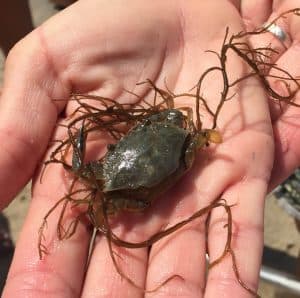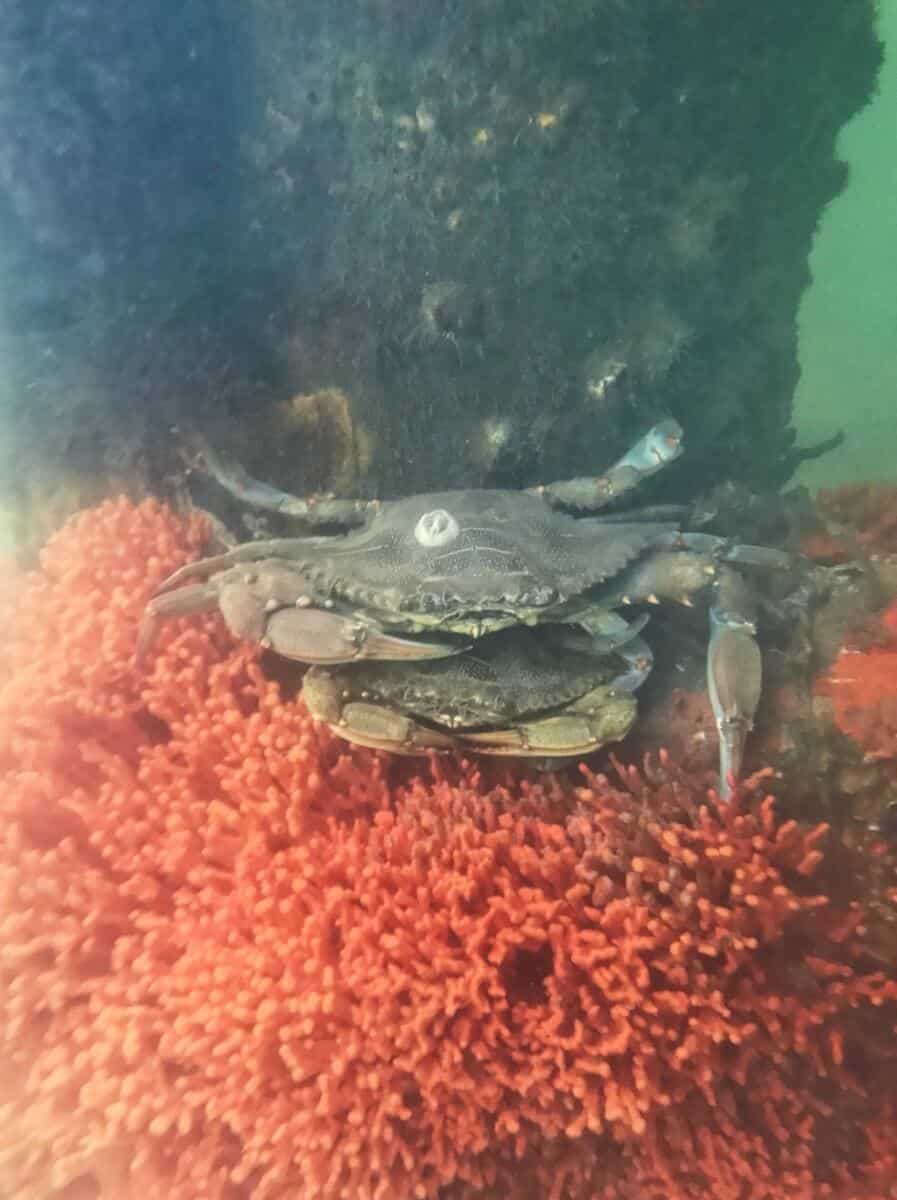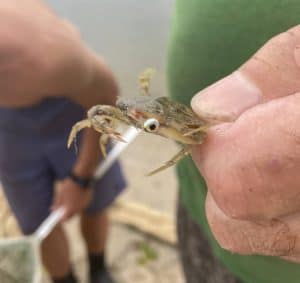Ah, the legendary Maryland blue crab! To some, there may be that nostalgia of catching them off a dock or indulging in a multi-hour crab feast, and to others, they are tied to a vibrant way of life. But no matter how they have swum into our lives, the bottom line is that blue crabs remain an integral (and who are we kidding- delicious) part of the Maryland culture.
Molting

These voracious crustaceans spend their lives in brackish waters, feasting on near anything they can get their claws on. However, eating alone will not cause a blue crab to grow. They must undergo a molting process called ecdysis. Think of the more commonly known shedding process of a snake. Ecdysis is similar, except with a shell. Right before and after the blue crab sheds its old shell, or exoskeleton, it brings water into its shell to allow for expansion. A good hideout is imperative during this process as they are extremely vulnerable to predators. Since the hardening process only takes 2-3 days, soft-shelled crabs are more of a delicacy on menus; they are rarer than those with hard shells.
Mating

The photo to the left depicts a rare sight when one blue crab will protect another. During the time a female is transitioning from a sally (immature female) to a sook (mature female), she will need to find a mate. This typically occurs about a year and half into a crab’s life. Once a mate is chosen, the male will literally carry the female around using a few walking legs until it can find a protected place. The act is called “cradle carrying”. The female then molts, and mating occurs, and then the male will continue to protect her in the cradle carry until her exoskeleton is hard again. Talk about dedication to passing on genes!
The Young and the Crabby
The blue crab does not start its life as feisty and tough as we know them to be when they are adults. Rather, when they hatch, they remain in a small planktonic stage and are called zoea, who do not resemble what we know as blue crabs at all. It takes anywhere from four to seven molts before they reach the next stage, the megalops. At this stage, the megalop larvae is more crablike and has features such as biting claws and pointed legs. This stage lasts up to three weeks, and when it molts again, will start the first “crab” stage. These juveniles measure just 2.5 mm and, in the local Coastal Bays, can be found hiding among the submerged aquatic vegetation (SAV) and under docks.

Fun Fact
If you have ever had the chance to see a blue crab swimming through the water column, it is quite the spectacular sight. Once you watch this video, you will know why their scientific name means “savory beautiful swimmer” (Callinectes sapidus).
Learn more about Maryland crabbing regulations on the MD Department of Natural Resources website.
Author
Liz Wist is the Education Coordinator at the Maryland Coastal Bays Program. Liz is responsible for the development, creation, and evaluation of environmental education programs. Within these programs, she designs curriculum, leads environmental programs and workshops, mentors seasonal staff, and provides professional development for educators. Liz is also responsible for organizing and facilitating MCBP community engagement opportunities such as Discover Your Watershed, Bay Day, and Living Local. For more information on education programs, please email lwist@mdcoastalbays.org.

